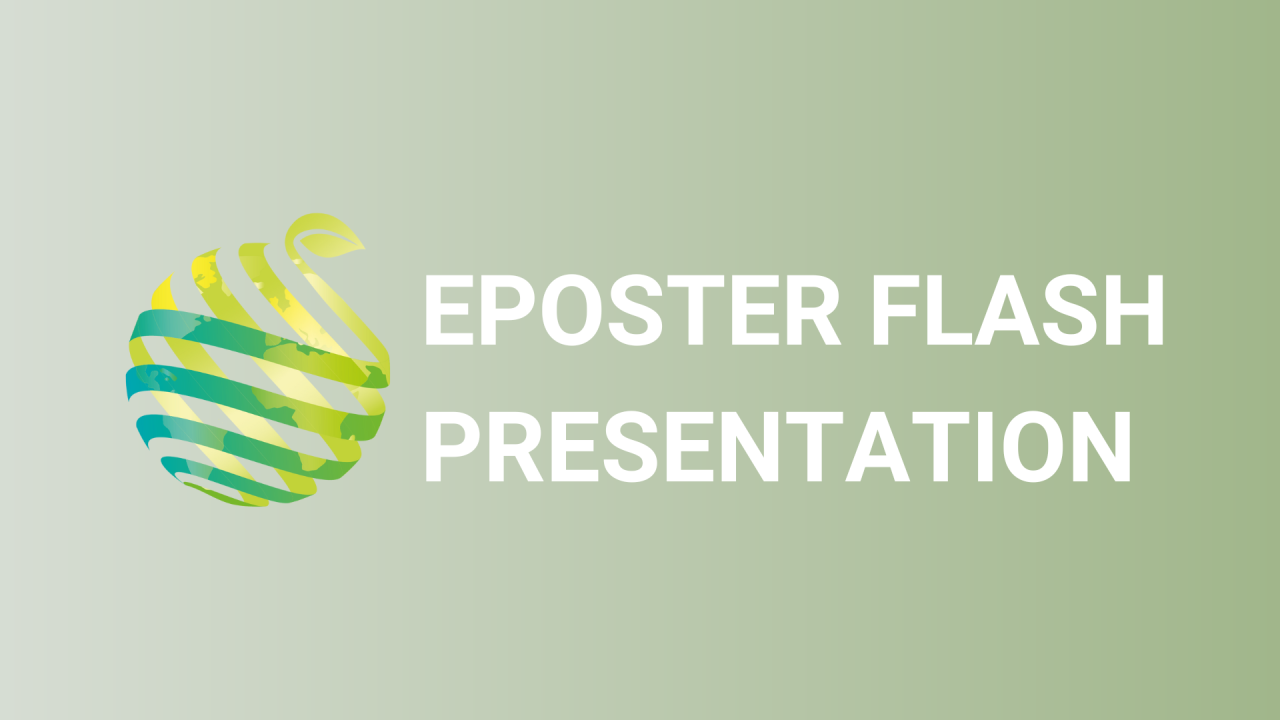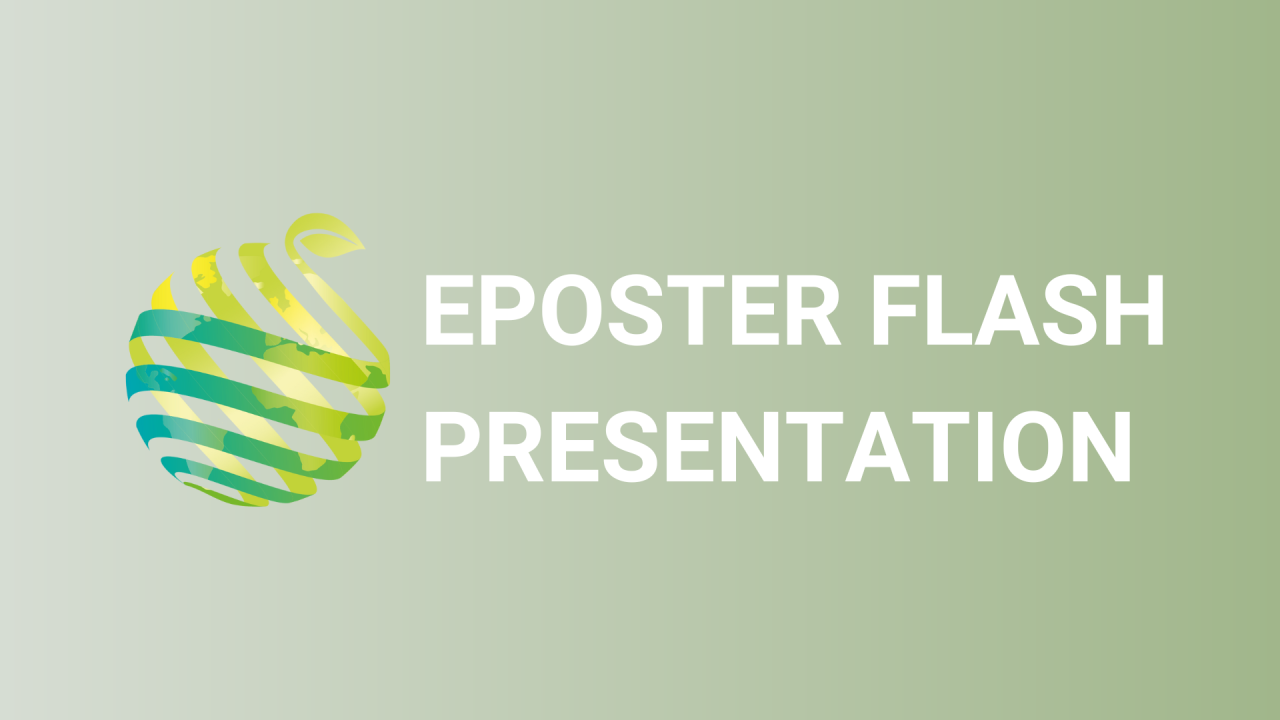

S21 - Session P2 - Prospects for biological control and habitat enhancement to minimize quarantine risks and losses from insect bunch pests in organic export banana
Information
Authors: Charles Staver *, Myriam Arias, Cesar Sánchez, Luud Clercx, Marco Oviedo, Lieselot Van der Veken
Insect pests of the banana bunch cause expensive losses reducing clusters, bunches, boxes and containers rejected for export during post-harvest due to cosmetic damage or quarantine enforcement of prohibited insects. All costs for banana production and packing have been incurred with no economic returns or lower returns if bananas are sold locally. Banana growers learned quickly that controlling these insects with broadcast insecticides generated increasingly severe pest outbreaks. Pesticide use is now targeted through impregnated bags and strips and injections to the standing bell. Organic banana growers substitute repellents and approved insecticides. Broadcast spraying with organically-approved botanical and mineral insecticides still occurs often disrupting beneficial organisms, helpful in biological control. However, both supply chain certifications and national government regulations increasingly restrict permitted products. We posed five questions to guide a review of the current state of knowledge on beneficial organisms and their preferred habitats to determine the feasibility of pest-suppressive plant diversity to manage insect bunch pests. What are the naturally occurring predators, parasitoids and entomopathogens of six banana bunch pests? What are their alternative food sources in addition to banana insect pests and breeding habitats? What are the effects of repellents and low toxicity organically-certified insecticides on their population dynamics? What plant functional traits and plant species can be deployed easily on field borders or within fields? What other non-toxic practices are useful to reduce bunch pest multiplication? Twelve predators, 20 parasitoids and 6 entomopathogens have been identified of seven most important bunch pests. Of these, 40% can be artificially reared for release. General food sources such as pollen and nectar are known, but species-specific information is limited. Plant species with extrafloral nectaries, domatia, continuous flowering, tolerance of shade and low water use are possible candidates for bio-diverse vegetation corridors in banana fields. We conclude that important gaps in response to our basic questions exist, but enough information is available to field test proof of concept designs. Prototypes of bio-diverse vegetation corridors for dry zone organic and wet zone conventional banana are proposed.